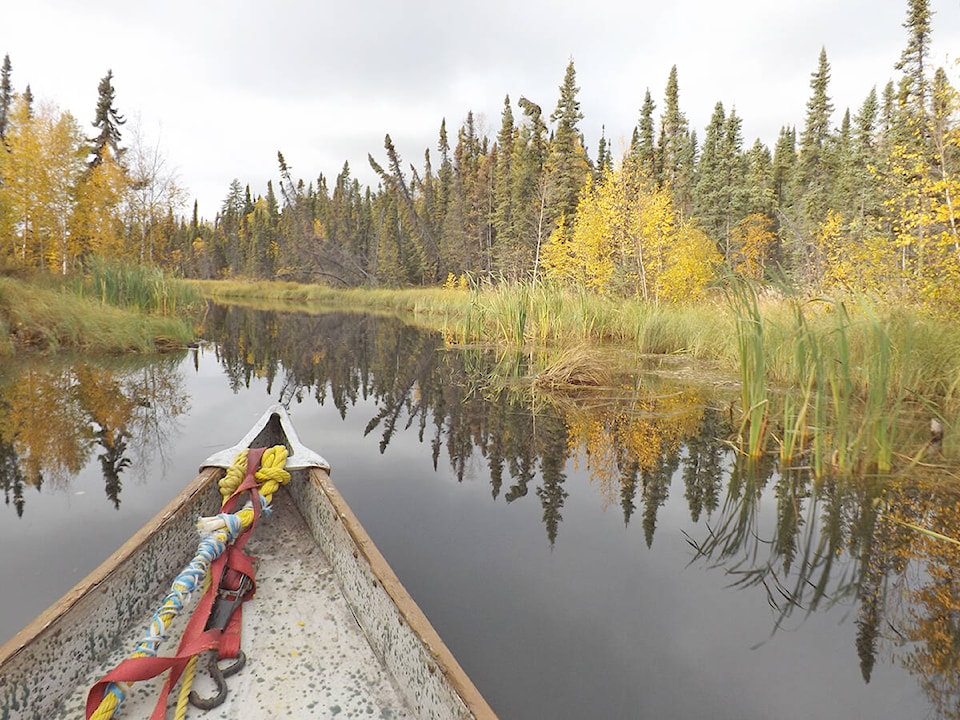“Water, water everywhere, and nary a drop to drink”
That line comes from a 1798 poem by Samuel Coleridge called “The Rime of the Ancyent Marinere.” It is a cheery little tale, that someone thought would be good for public school kids to learn, way back when.
The plot is simple.
Back in the days of sailing ships, long before cell phones had been invented, one was down in the tropics, where it is incredibly hot in the day and night. The main character of the tale shoots an albatross with a cross bow, and this causes a curse to fall on the ship and all her crew.
The ship is becalmed. The crew ties the bird around the fellow’s neck and all but he then die a horrible death due to thirst. This, despite the fact, that all they can see is water, but it being salt water, they cannot drink it. The main character’s curse is to spend the rest of his life wandering around telling people the story.
I think of this poem occasionally because it seems like a good metaphor for Canada. The country does seem to have several albatrosses hanging around its necks. One being our relationship to all the fresh water we have.
As a prospector, I have worked across northern Canada and when I wanted water, I simply went to the nearest lake, river, stream, or puddle and drank some. To many Canadians, this is a horrifying thought. To just drink the water as it is, how barbaric. They would never do it. Many won’t even drink the treated tap water. For them it has to be water that they buy from the store at rather exorbitant prices. Water that comes in big plastic containers or in convenient plastic bottles.
Here is something to think about. For millions of years, life has evolved on this planet and drank water as they found it. I have no illusions about all the things in lake water but as one prospector pointed out, if the water has things living in it and other animals are drinking it, it’s probably safe. However, if you come across a lake with nothing living in it and dead critters around it, then that probably isn’t safe to drink. So living water is good. Dead water is bad. That was his motto.
I wouldn’t be surprised if someday some researchers do a study that tells us that many of the things naturally occurring in lake water are beneficial and even necessary for good health. However, one of the problems is distorted human perceptions of things and the fact that humans in large numbers have a very bad habit of fouling their own drinking water.
Then someone pointed out that the government will take water from a lake and that water when tested is perfectly safe to drink. But they will put it through a filtration system to take out all the particles in it, add a chemical like chlorine to kill any organisms still living in it, then pump it around the city in buried metal or plastic pipes. And the system is so complicated to operate, it is often breaking down. I am not sure that is progress.
The Romans learned the hard way that using lead pipes for water is not such a good idea and it wouldn’t surprise me if someday we learn putting water into plastic bottles is not the best thing to do either.
Iqaluit is having a problem because some fuel got into their water tanks. So, plane loads bottled water are being sent up, at great expense. There is a river nearby they can draw water from, which is apparently safe to drink but people have been advised to boil the water just to be careful and as a safety precaution. But it is very time consuming and a waste of energy to boil water that doesn’t need to be boiled.
So, we have water, water everywhere but are we handling it well? That is the question.

